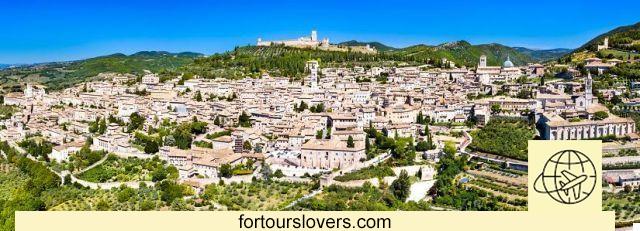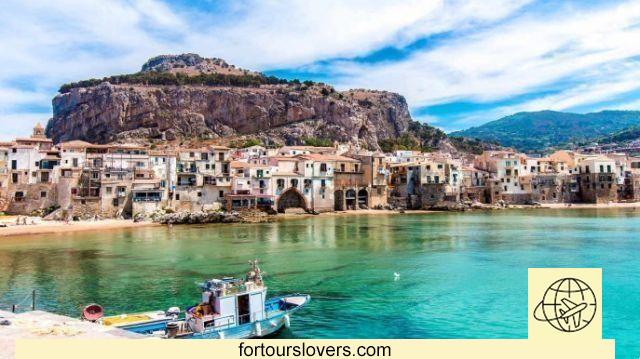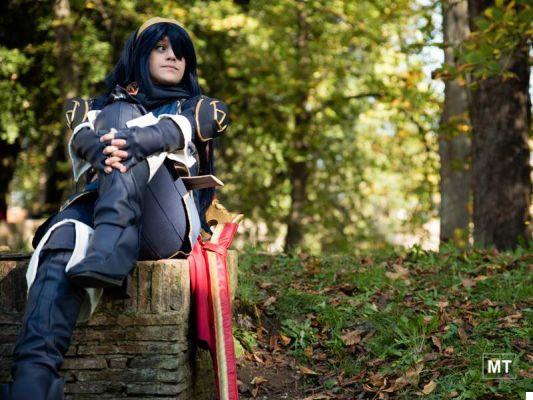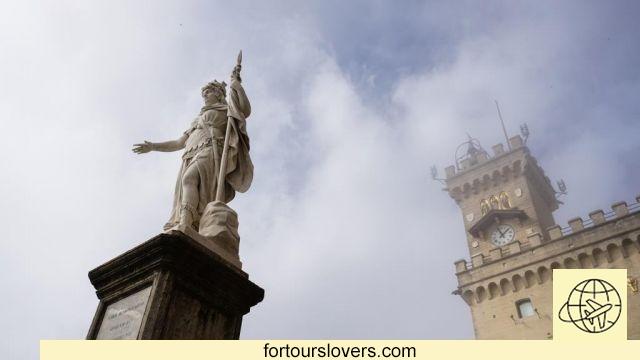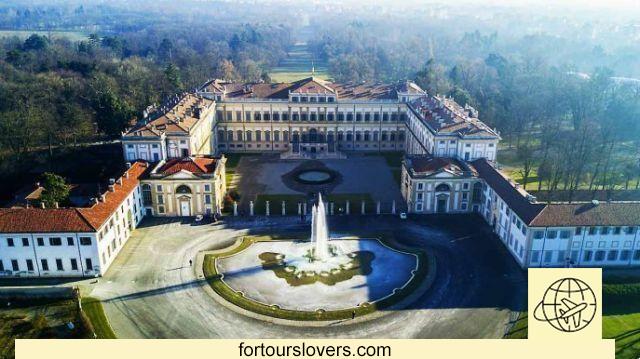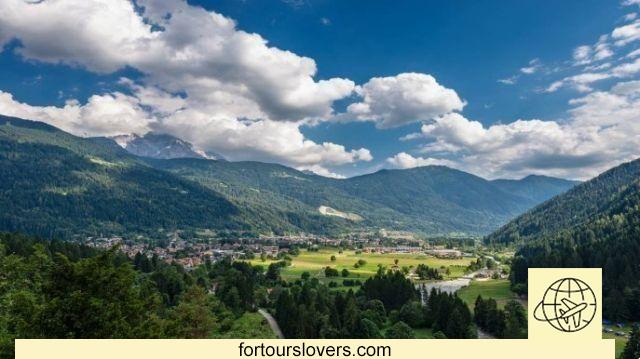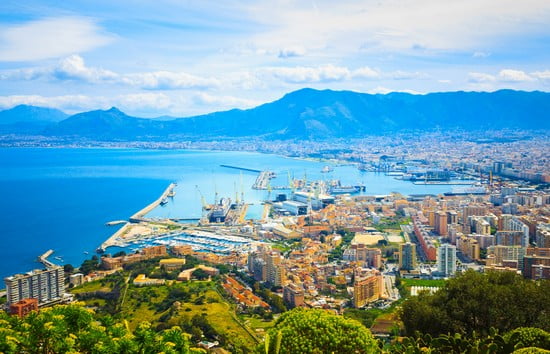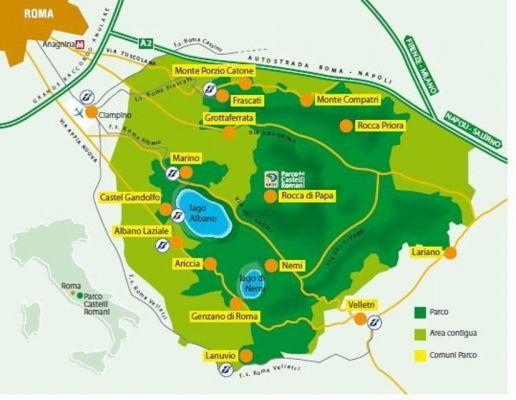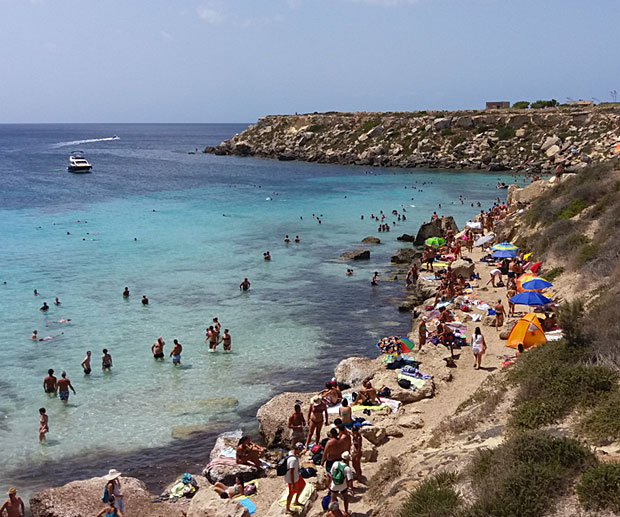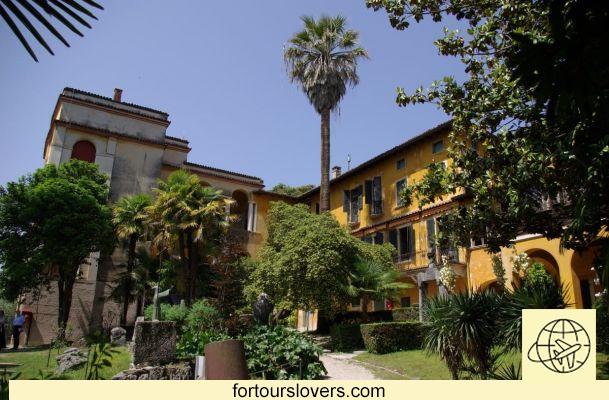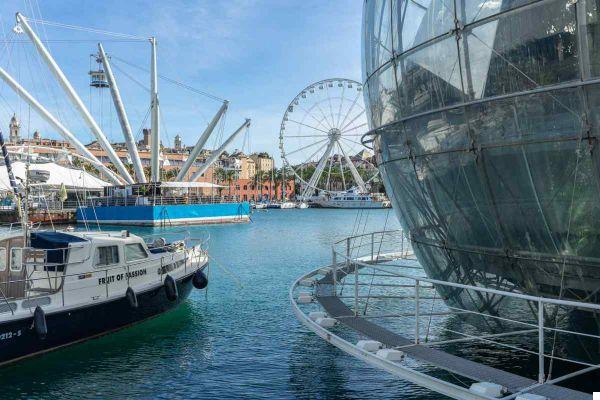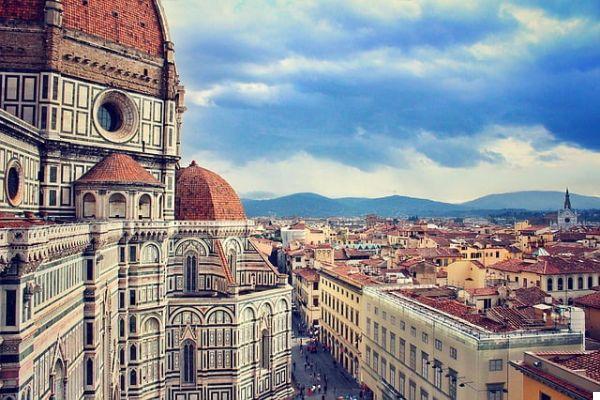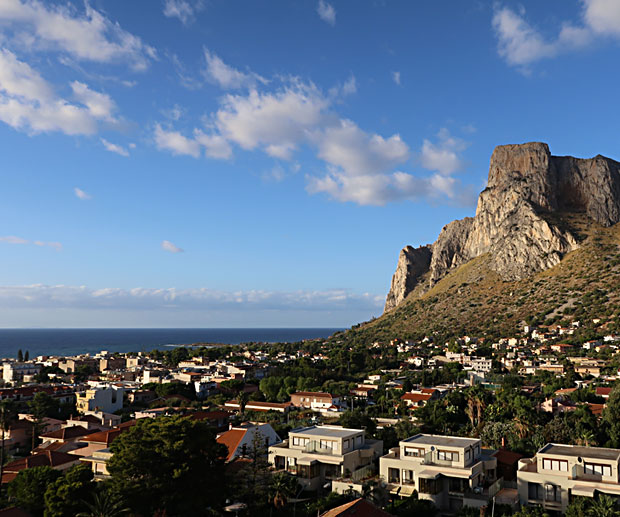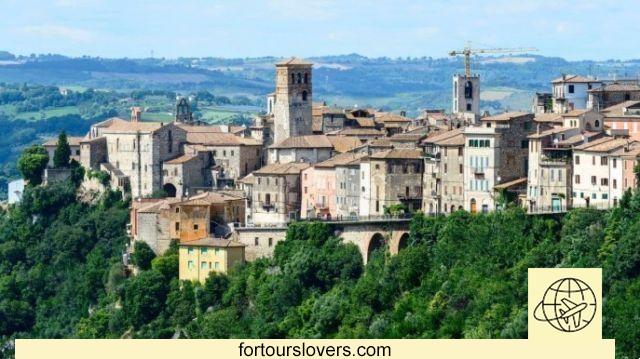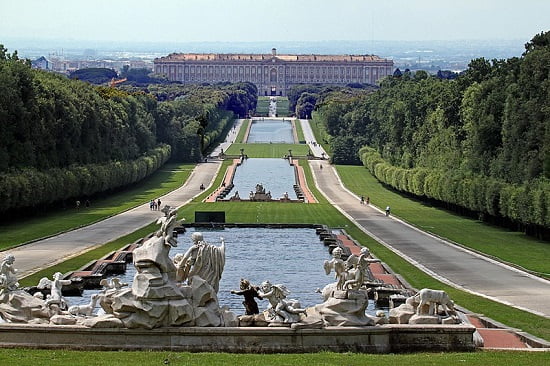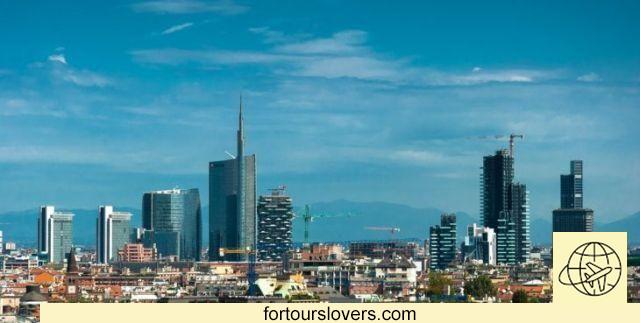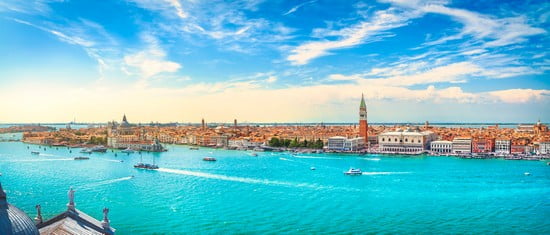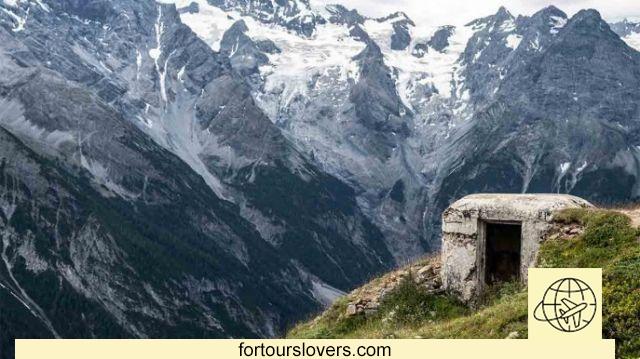
During the last FAI Spring Days, the most visited place in Italy was the West Star anti-atomic bunker tunnel in Affi, in the province of Verona. It is an underground military base, one of the largest in Italy, built during the years of the Cold War. It could house 999 soldiers in the event of war. It is not yet possible to access the bunker, but, given the great interest in this type of construction, there are others in Italy that can be visited.
Many are located along the Italian border, in particular there are several in Val Venosta, near Austria. One of them, bunker no. 20, is located in Curon, the municipality that has become famous for Lake Resia and its bell tower emerging from the water and for having been chosen as the location for a television series.
Along the border, starting in the 30s, an extensive defense line consisting of 66 bunkers, anti-tank barriers, supply roads and combat trenches was built to protect against a possible invasion by Hitler's Germany. The defense line in the border city of Resia is still well preserved.
Bunker no. twenty
This alpine barrier, which looks like a strange work of art, can today be rediscovered and walked through it. It is worth visiting bunker no. of the Adige fountain. 20 in Curon and the Pian dei Morti dam, located in a swampy area, today a natural monument, above the city of Resia. Both in summer and winter the tourist office organizes guided tours.
The fortifications of the Resia Pass, called Alpine wall, are a perfect destination for history lovers. Guided tours of bunker no. 20 allow you to immerse yourself in the period of the great conflicts of the modern world.
The bunker is located in the source of the Adige river Easily identified because there is a stone plaque, 1.525 meters above sea level and just twenty minutes walk from the center of Resia, accessible through the Altavia Val Venosta by path no. 2, a beautiful high altitude excursion to do on foot in summer and with snowshoes in winter. With its 415 kilometers in length, the Adige, which flows through Trentino-Alto Adige and Veneto and then empties into Rosolina Mare in the Adriatic, is the second largest river in Italy.
Bunker no. 20 was partly built in concrete and partly excavated directly into the rock. The underground part has a length of approximately 270 meters and the traversable surface is approximately 450 square meters. Entry is permitted only with a guide.
The capture of Pian dei Morti
The Pian dei Morti barrier is a defensive work that is part of the "Coverage Sector XIII Venosta", within the Alpine Valley in Alto Adige. It is located right in Piano of the Dead, from which it takes its name, two thousand meters above sea level, on Lake Resia, on the border with Austria. Its particularity is given by the anti-tank ditch created in a particular way: in the shape of "dragon teeth", an insurmountable obstacle for the possible passage of tanks.
To reach Pian dei Morti today there is a path, the same no. 2 leading to bunker no. 20 and continues up there. Is about a hiking trail Quite challenging, about 7km long, but easily suitable for a family and can also be done on a comfortable electric bike. You cross forests that still separate Italy from Austria (from time to time you cross a cable that marks the border), lakes and enchanted landscapes, often frequented by Haflinger horses (or Haflinger horses, a breed originating from Avelengo, also here in Alto Adige ) in the wild.
Throughout the entire path, which runs along a winding road that follows the crest of the mountain, and at the top of the Pian dei Morti there are several bunkers that blend into the terrain. The doors and windows of these works were made with material that simulates stone.
This is one of the most loved places by hikers who go up here. Its about “Lookout point” at Lake Resia, which is almost at the end of the barrier. It is not a real terrace, but rather a large rock to climb and from which to admire the spectacular view of Lake Resia from above.
The metro network
Being a place of passage through the Alps, the Upper Venosta Valley has always had great strategic-military importance. The Romans, the Habsburgs and Napoleon's army passed through here, and the Second World War also left its marks.
Throughout the entire area, hidden between orchards and meadows, there is a dense network of underground passages that can be visited. He guided tours of the subway of the Upper Venosta Valley runs through a gigantic system of tunnels invisible to the naked eye, built as a refuge in the fascist era. The long visit includes two bunkers, one in Malles and the other in Tarces, and the connecting underground tunnel.
Vinschgau
It is a quiet valley, bordering on one side with Austria and on the other with Switzerland, Val Venosta, a small holiday paradise, away from the tourist crowds that, strangely enough, still offers unspoiled views. Here, where the Adige is born and where peaks rise that touch the clouds, small and charming valleys develop, ideal for those looking for an active but also quiet holiday. And, something quite unusual, it hides a side of our history that few know and that deserves to be discovered.




